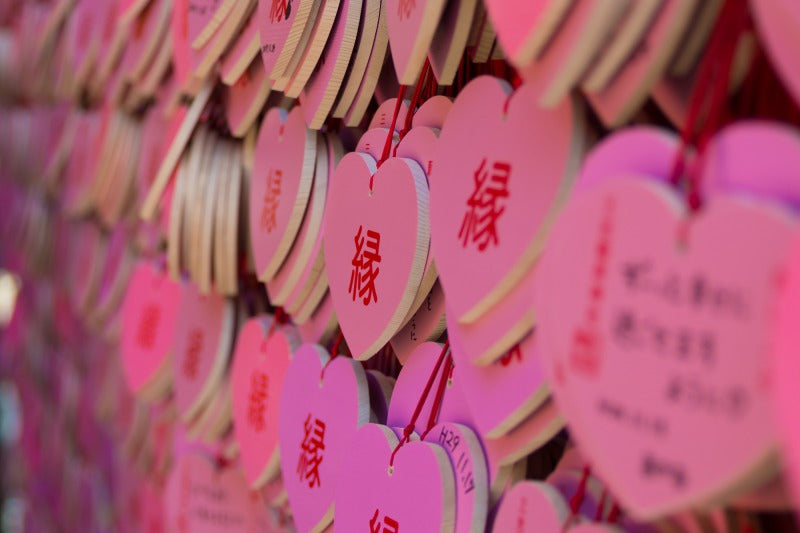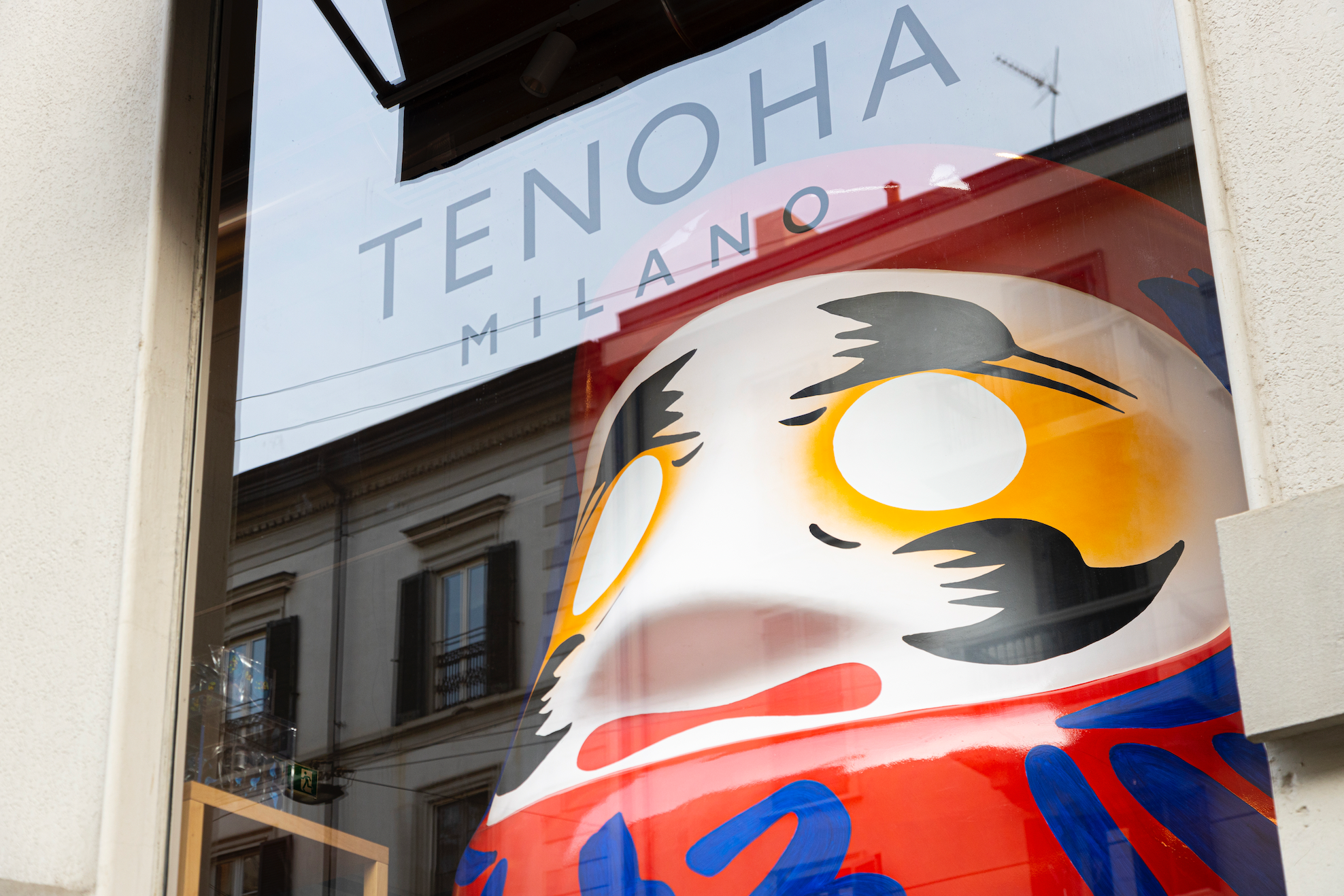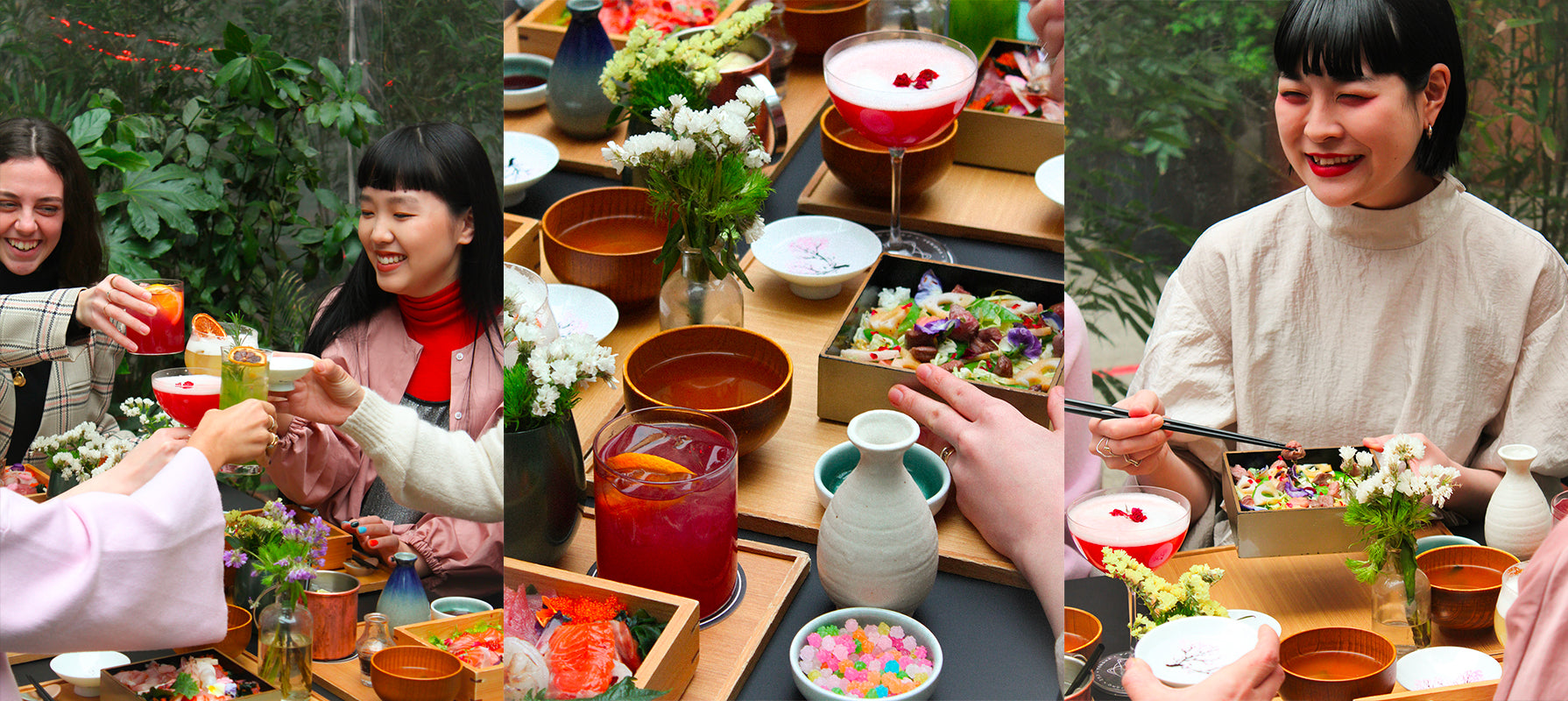
A THOUSAND WAYS OF LOVING EACH OTHER: VALENTINE'S DAY IN JAPAN
Valentine's Day (バレンタインデー) in Japan has a very specific smell and flavor: that of chocolate . Exactly like the concept of love , which is experienced in a particular way by the Japanese population, the festival that celebrates it could only be experienced with equal particularity.

The iconic chocolate covered strawberries and red azuki beans
Valentine's Day is a holiday of Western origin that arrived in Japan in the 1950s , with a purely commercial purpose. In fact, Mary's Chocolate Company , a Japanese confectionery company, promoted February 14th as the day when "women confess their love to a man with a gift of chocolate". No romantic candlelit dinners, therefore, which are instead reserved for Christmas.
 A loving couple, Kyoto © Purefoto
A loving couple, Kyoto © Purefoto
Tradition therefore dictates that women give chocolate as gifts; and since Japan is a country where respect and social balance are fundamental, the gift is not only addressed to the loved one. There are different recipients and therefore different types of chocolate , which have multiplied over time. The first three, the most traditional are:
- Honmei-choko (本命チョコ) - Chocolate to declare yourself , therefore for your loved one. It can be either purchased, in this case it is the most expensive and refined, or prepared at home and personalized with your own hands, to express your great commitment towards your partner.
- Giri-Choko (義理チョコ) - The Chocolate of Duty . This is not too expensive chocolate that can – or rather, should – be given as gifts to colleagues, family or classmates. The aim, in fact, is to respect the strong social conventions that underlie coexistence in Japanese society.
- Tomo-Choko (友チョコ) - Friend's chocolate. Literally a sincere gift that wants to express affection and closeness to your friends.
Over time, more modern ones were added to these more traditional types of chocolate:
-
Jiko-Choko : Chocolate for yourself , a small luxury to indulge in.
- Gyaku-Choko : Chocolate in reverse . It gets this name when men give it to women.
- Homo-Choko / Yuri-Choko : Respectively “man to man” and “woman to woman”, a step forward for the Japanese LGBTQIA+ community .
- Neta-Choko: Nice chocolate , to talk about something. This is the funniest form of the various types. Special versions, with nice shapes or unusual flavor combinations, to give to family and friends, to eat and discuss together.
 Two friends walking together, Tokyo © S.Tsuchiya/Unsplash
Two friends walking together, Tokyo © S.Tsuchiya/Unsplash
Women often use Valentine's Day to declare themselves to their loved ones, but without receiving a response. This, in fact, will arrive only a month later, precisely on March 14, when White Day (ホワイトデー) is celebrated. During this day, children who have received their Honmei-choko can choose to reciprocate and declare themselves.
There are only two rules :
- Gifts intended for girls must have a greater value than those received, double or triple. In fact, the expression sanbai gaeshi (三倍返し) is used - "three times on the way back").
- The gifts must necessarily be white . Typically, it is once again chocolate, but in recent years soft toys, biscuits or underwear have also become fashionable!
 A sweet marriage proposal on the streets of Tokyo © photomytokyo
A sweet marriage proposal on the streets of Tokyo © photomytokyo
A celebration structured for an equally complex way of experiencing love, with many nuances of meaning, intensity and recipients. A curiosity? This complexity also presents itself in the Japanese language, where there are many ways to refer to the word “Love”. There are three main ones : Suki (好き), the most generic, Koi (恋), the most intimate and passionate and Ai (愛), deep love, built with care and dedication.


